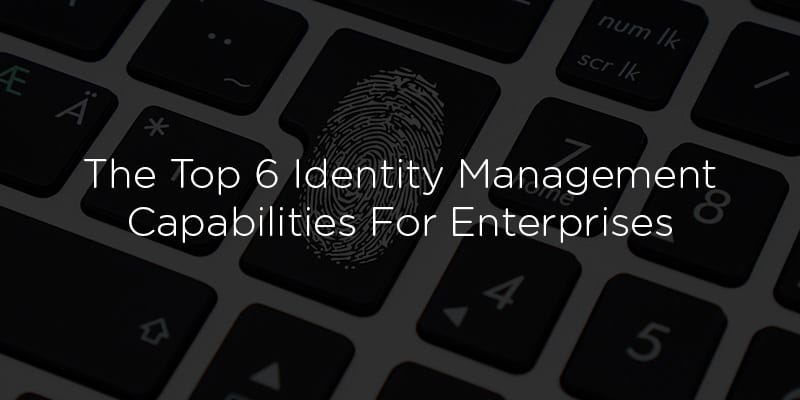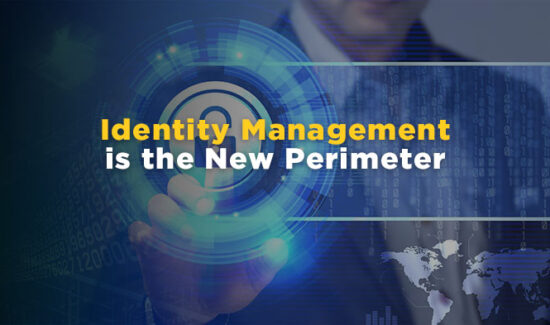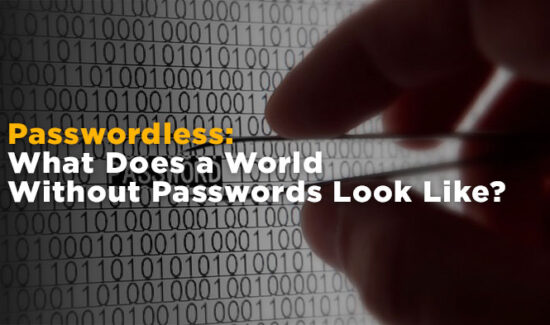The Top 6 Identity Management Capabilities For Enterprises


We dive into the top 6 identity management capabilities for enterprises. Additionally, we explore why they help with both security and business efficiency!
Why You Need Identity Management Capabilities
If even a single credential connected to your enterprise becomes compromised, your entire business could fall alongside it. Privileged identities exacerbate this worrisome truth; presently, at least 74% of all enterprise breaches begin with stolen or weak privileged credentials. With illicitly gained credentials, hackers can disrupt your business processes, steal proprietary data or financial resources, or exploit your network’s processing power undetected.
Without proper identity management capabilities in place, insider threats could run rampant throughout your IT environments. Thankfully, identity and access management can deter inexperienced hackers from targeting your enterprise. Identity forms a key component of the new digital perimeter, which can intimidate most external threats.
In other words, identity and access management must form the archstone of your cybersecurity platform. Only with identity security in place can you protect your employees and customers from unwanted eyes and malicious intentions.
The Top 6 Identity Management Capabilities
Of course, we cut this list down to size to make it readable and accessible for the layperson. We hope this list can help you sort through your IT decisions and help you determine whether your business needs a well-rounded IAM solution. On the other hand, you may need a more specialized solution such as PAM or IGA.
Cloud Identity
The cloud constitutes a serious obstacle to traditional identity management capabilities; in fact, transitioning to the more porous cloud environment negates many legacy capabilities. Enterprises themselves must take responsibility for its identity security in the cloud, both in deployment and maintenance. Cloud vendors do not provide these services, at least not directly.
New identity management capabilities can help deliver identity security to the cloud as well as hybrid cloud infrastructures. It optimizes identity integration across devices, operating systems, applications, and resources
Additionally, cloud identity can help manage user access to WiFi networks, connect cloud servers, and facilitate authentication. Next-gen identity and access management IAM with IDaaS deployment options can help your enterprise with cloud identity.
Multifactor Authentication
Multifactor authentication is possibly one of the most important identity management capabilities in this list. Unfortunately, despite their prevalence, passwords alone can’t secure enterprise IT environments.
Indeed, hackers have developed numerous methods to crack or steal passwords from employees and privileged users. Also, with the prevalence of data breaches exposing passwords, credential stuffing tactics allow hackers to brute-force their way past password-only authentication systems.
Two-factor authentication can offer more security; enterprises can mandate employees use a secondary authentication factor—usually an SMS messaging system—to help confirm their legitimacy before granting access. However, hackers have learned how to spoof those SMS messages and thus deceive employees into handing over the rest of their credentials.
Instead, Multifactor Authentication (MFA) asks for several factors before granting employees or privileged users access to their baseline resources. Hackers can’t brute-force past an MFA system; they’d have to carefully subvert each factor, in turn, to possibly penetrate the network.
The extra authentication factors in an MFA system includes:
- Typing Biometrics
- Email Verification
- TOTP
- PUSH mobile device notification
- Universal Second Factor
- Client Certificates
- Geolocation
- Time of Access Request
- Physical Biometrics
MFA can also allow enterprises to enact step-up authentication. Also called granular authentication, this system triggers more authentication requests as the sensitivity of the access requests increase. In this way, enterprises can balance security and user experience.
Privileged access management solutions specialize in Multifactor Authentication and similar identity management capabilities.
Third-Party Access Management
Employees and privileged users certainly constitute the majority of the logins your enterprise encounters daily. However, enterprises should not assume they constitute the only logins into their IT environment.
Third-parties include vendors, business partners, customers, and even non-human users such as applications. Each has its own identity and permissions within your network; unless you properly monitor third-party access, the potential for abuse runs high. These identities may already possess permissions beyond their job duties, or they may acquire these permissions by neglect or accident.
Therefore, your enterprise must monitor your third-party credentials with the same attention as you would your employees. An identity governance and administration (IGA) solution can help with this task.
The Principle of Least Privilege
Among the list of identity management capabilities, this one serves more like an overarching philosophy than a clear technology. Yet all enterprises should take heed of the warning contained within the Principle of Least Privilege.
The Principle of Least Privilege states employees should only possess the permissions necessary to perform their job processes. No more than that. Anything beyond the absolute necessity constitutes a threat to your entire enterprise.
This extends even to your privileged users. Your Head of HR should not have access to your financial records, as just one example. PAM solutions specialize in the Principle of Least Privilege but all identity and access management solutions can help you embrace its philosophy.
Secure Lifecycle Management
True identity security begins with the onboarding process, the first part of the user identity lifecycle. Your enterprises’ identity management capabilities should allow you to provision each new identity with the necessary permissions (following the Principle of Least Privilege) to perform their specific job functions.
In this way, your enterprise not only ensures a secure start to the users’ digital identity but also ensures the employee can begin working as quickly as possible.
On the other hand, your lifecycle management should prove capable of quickly removing all permissions from an identity when the employee leaves the enterprise. Deprovisioning must become a top priority—even a slight delay can invite an insider threat in retaliation.
Moreover, your IT security team must be capable of adjusting users’ permissions as they change roles within the organization or as special projects arise. Of course, these same principles also apply to nonhuman identities and to third-parties, as we discussed above.
Role management, as provided by an IGA solution, can assist with this vital function.
Single Sign-On
Passwords form one of the great burdens on employees and other users alike. Passwords prove hard to remember and frustrating to input (especially on mobile devices). Employees often resort to using repeated or weak passwords to better remember their credentials and thus prevent needing a password recovery.
Single Sign-On (SSO) allows users to log into an app hosted on any environment using a single or federated identity (usually their Active Directory ID). This removes the necessity of complex or weak passwords for users’ logins. Instead, it improves the user experience overall while maintaining security.
To learn more about the key identity management capabilities, you can read our 2019 Identity and Access Management Buyer’s Guide.
Widget not in any sidebars























